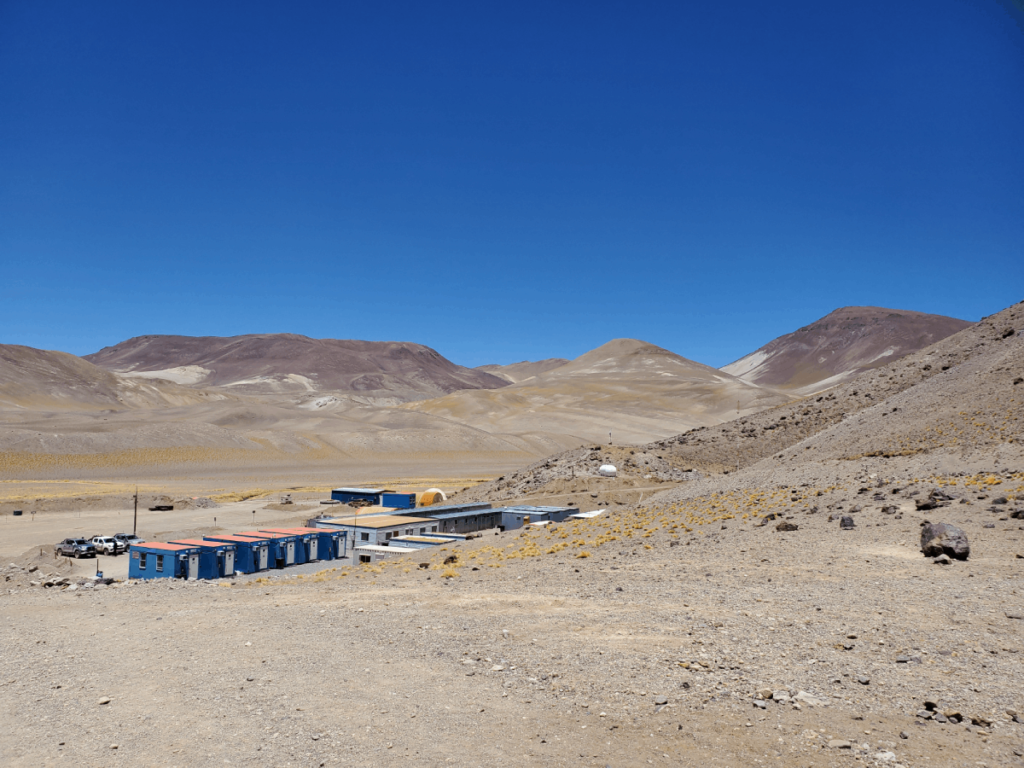Josemaria Resources Inc, a member of the Lundin group of companies, says an Independent Feasibility Study for its Josemaria copper-gold-silver project in Argentina prepared by Fluor Canada Ltd with key sections prepared by SRK Consulting (Canada) Inc and Knight Piésold Ltd demonstrates “a robust, rapid pay-back, low risk project, with an open pit operation feeding a conventional process plant at 152,000 t/d over a 19 year mine life” yielding average annual metal production of 136,000 t of copper, 231,000 oz of gold and 1,164,000 oz of silver.
The company says it has a clear and achievable project execution plan which demonstrates commercial production could be achieved by early 2026. Environmental and Social Impact Assessment (ESIA) is already well underway and is expected to be submitted to relevant authorities for assessment in Q1, 2021.
Interestingly, the updates states on mining technology plans: “Mining will occur on 15 m benches with an average slope angle typically ranging from 37 to 43 degrees. Large (42 cubic metre capacity) electrically powered, hydraulic shovels will be used in combination with 360 t haul trucks. To maximise productivity, efficiency and safety, haul trucks will be autonomously operated, and drill functions will also be autonomously operated when possible.”
The Josemaria project is to be developed as a large-scale open pit mining operation with over 1 billion tonnes of ore mined at average diluted head grades of 0.30% Cu, 0.22 g/t Au, 0.94 g/t Ag and a notably low strip ratio of 0.98:1 (waste:ore) over a 19-year life of mine. The mine plan is optimised to maximise the project NPV by employing an elevated cut-off grade strategy and stockpiling, bringing metal production forward while taking advantage of topography to minimise haulage requirements. “Due to the large continuous nature of the deposit and the low-grade mineralisation that exists along much of the mineral reserve boundary, the impact of both dilution and ore loss will be minimal to project economics.”
The process design maximises gravity flow of material and minimises direction changes with primary crushed ore being transported via surface conveyor to a covered coarse ore stockpile. Conveyors will supply coarse ore to SAG mills at a nominal 50,000 t/d each, operating in parallel and in a closed circuit with pebble crushers. From the SAG mills, ore moves through conventional ball mills and then conventional sulphide flotation with roughing and three stages of cleaning.
Tailings storage facilities have been designed to international industry standards with bulk tailings segregated in the process to form two tailings streams; low sulphur rougher tailings and high sulphur cleaner tailings. The tailings streams are segregated to assist with the management of the Potentially Acid Generating (PAG) material using a Best Management Practice approach.
Thickened slurry tailings will be discharged in a TSF located to the south of the process plant. Approximately one billion tonnes of thickened slurry tailings will be discharged over the life of the project within the TSF. The TSF impoundment requires three dams that will be constructed continuously from Years -3 to Year 18 to contain the tailings. Seepage collection systems downstream of the dams will collect and recycle seepage back to the plant for reuse in processing. On closure the tailings storage facility surface will be capped using non-acid generating material to limit ingress of oxygen and water to the tailings material and the area will be returned to its natural desert pavement environment.
The statement adds that its affiliation with the Lundin group of companies “has the backing of a strong organisation, experienced in the development and operation of major resource extraction projects.” Josemaria says it is planning to form a “fit for purpose, core owner’s team and augment itself with a full-service EPCM firm to manage and execute the overall construction of the Josemaria Project.”
It is envisaged that the selected EPCM firm will self-perform the EPCM services for the process plant, on-site infrastructure and the power supply portion of the off-site scopes. Other significant members of the team are envisaged to include specialised mine engineering, tailings storage facility engineering, regional access road, and environmental consultants of international calibre.











